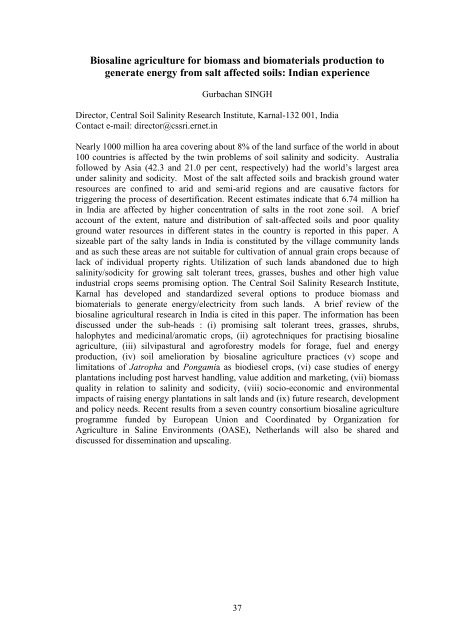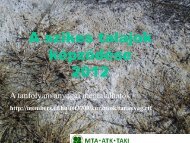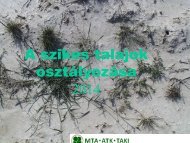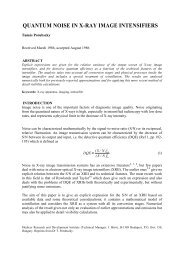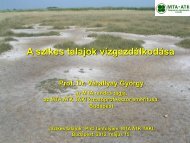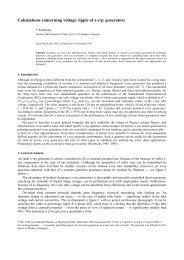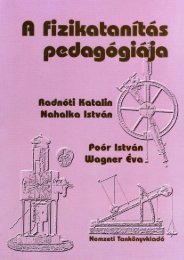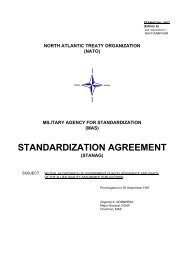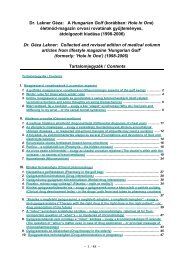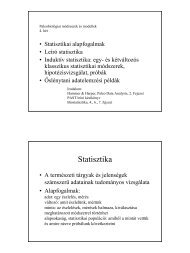Abstract form
Abstract form
Abstract form
Create successful ePaper yourself
Turn your PDF publications into a flip-book with our unique Google optimized e-Paper software.
Biosaline agriculture for biomass and biomaterials production to<br />
generate energy from salt affected soils: Indian experience<br />
Gurbachan SINGH<br />
Director, Central Soil Salinity Research Institute, Karnal-132 001, India<br />
Contact e-mail: director@cssri.ernet.in<br />
Nearly 1000 million ha area covering about 8% of the land surface of the world in about<br />
100 countries is affected by the twin problems of soil salinity and sodicity. Australia<br />
followed by Asia (42.3 and 21.0 per cent, respectively) had the world’s largest area<br />
under salinity and sodicity. Most of the salt affected soils and brackish ground water<br />
resources are confined to arid and semi-arid regions and are causative factors for<br />
triggering the process of desertification. Recent estimates indicate that 6.74 million ha<br />
in India are affected by higher concentration of salts in the root zone soil. A brief<br />
account of the extent, nature and distribution of salt-affected soils and poor quality<br />
ground water resources in different states in the country is reported in this paper. A<br />
sizeable part of the salty lands in India is constituted by the village community lands<br />
and as such these areas are not suitable for cultivation of annual grain crops because of<br />
lack of individual property rights. Utilization of such lands abandoned due to high<br />
salinity/sodicity for growing salt tolerant trees, grasses, bushes and other high value<br />
industrial crops seems promising option. The Central Soil Salinity Research Institute,<br />
Karnal has developed and standardized several options to produce biomass and<br />
biomaterials to generate energy/electricity from such lands. A brief review of the<br />
biosaline agricultural research in India is cited in this paper. The in<strong>form</strong>ation has been<br />
discussed under the sub-heads : (i) promising salt tolerant trees, grasses, shrubs,<br />
halophytes and medicinal/aromatic crops, (ii) agrotechniques for practising biosaline<br />
agriculture, (iii) silvipastural and agroforestry models for forage, fuel and energy<br />
production, (iv) soil amelioration by biosaline agriculture practices (v) scope and<br />
limitations of Jatropha and Pongamia as biodiesel crops, (vi) case studies of energy<br />
plantations including post harvest handling, value addition and marketing, (vii) biomass<br />
quality in relation to salinity and sodicity, (viii) socio-economic and environmental<br />
impacts of raising energy plantations in salt lands and (ix) future research, development<br />
and policy needs. Recent results from a seven country consortium biosaline agriculture<br />
programme funded by European Union and Coordinated by Organization for<br />
Agriculture in Saline Environments (OASE), Netherlands will also be shared and<br />
discussed for dissemination and upscaling.<br />
37


